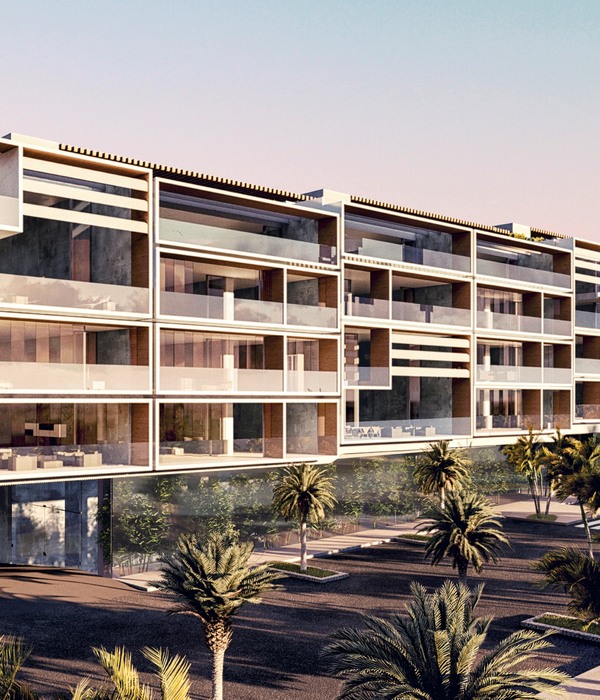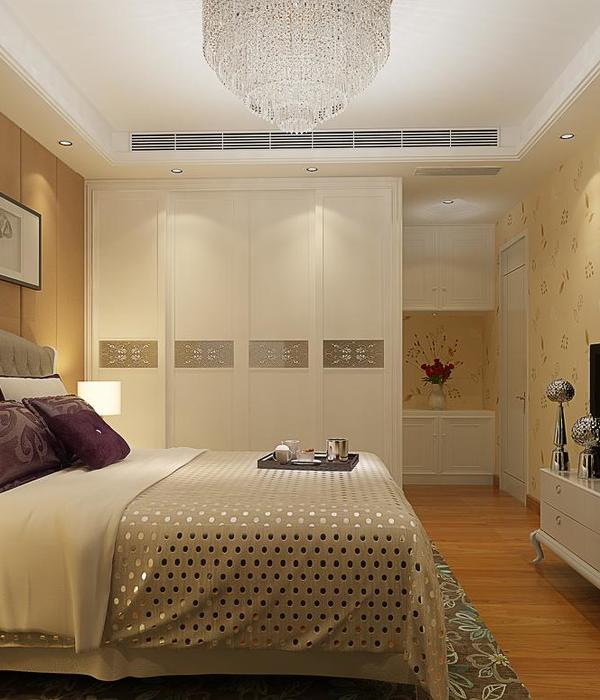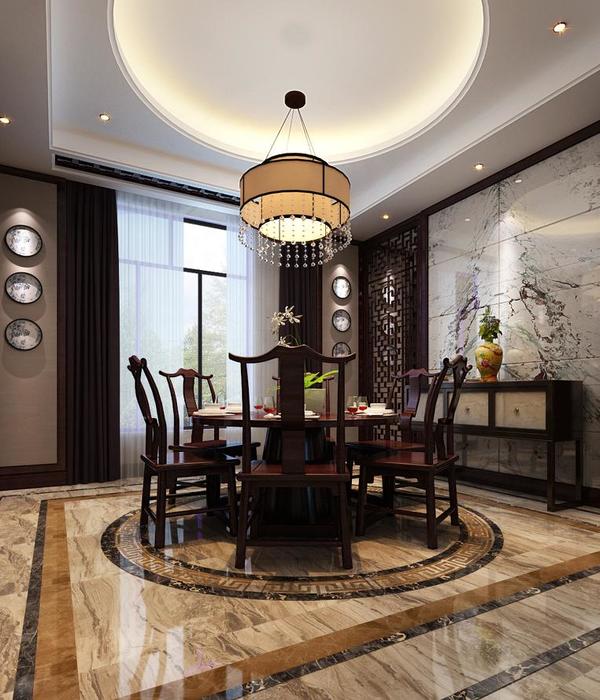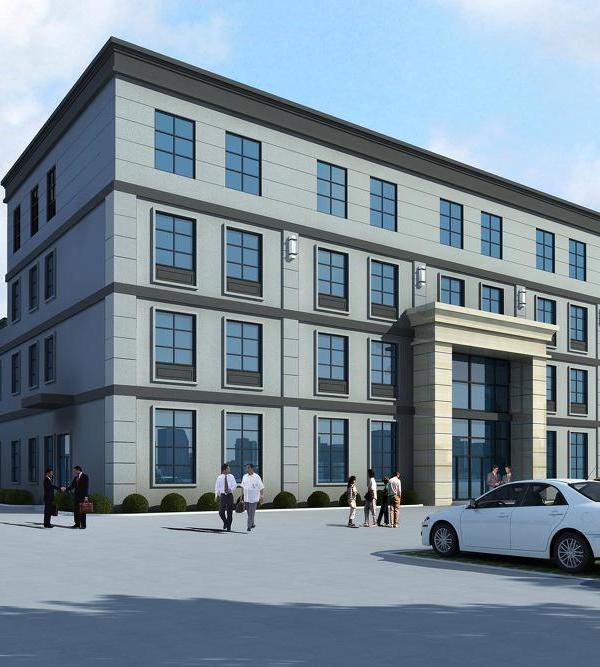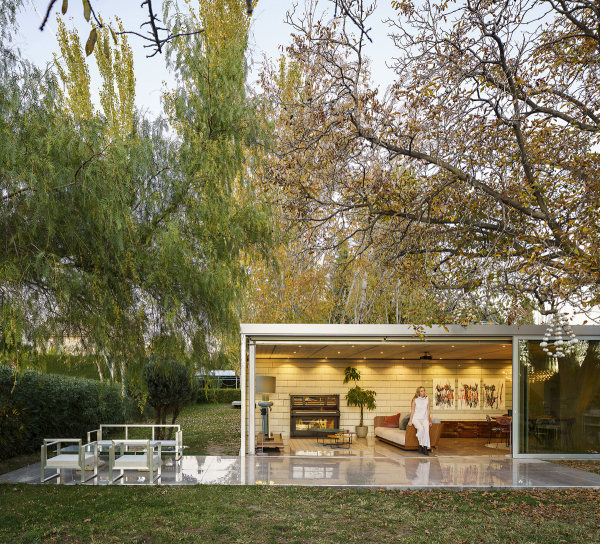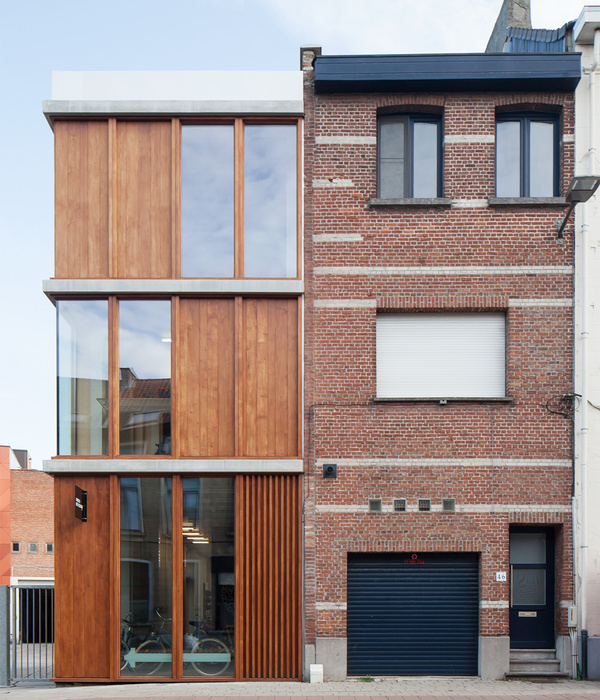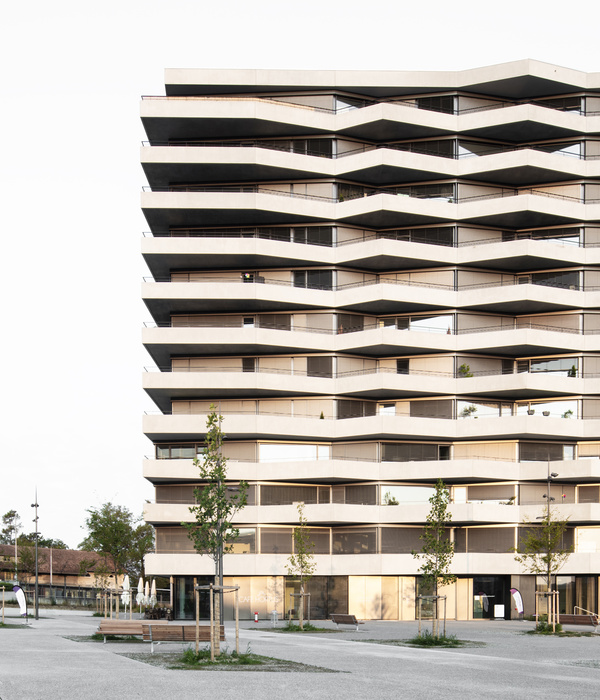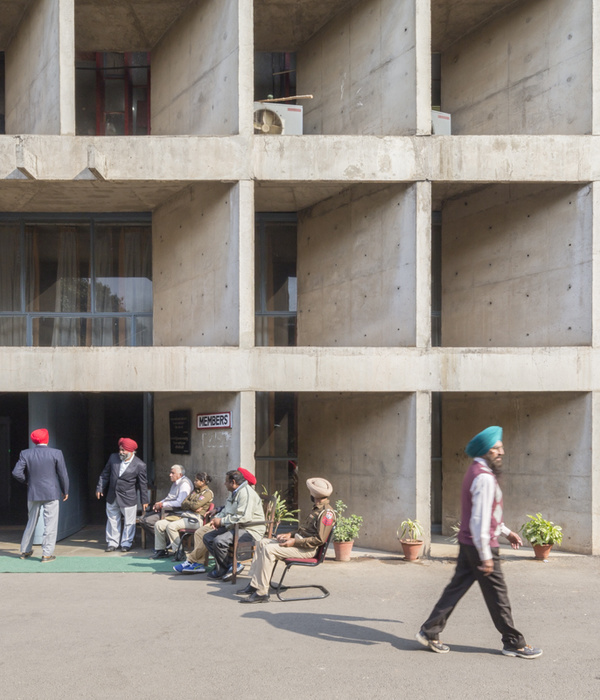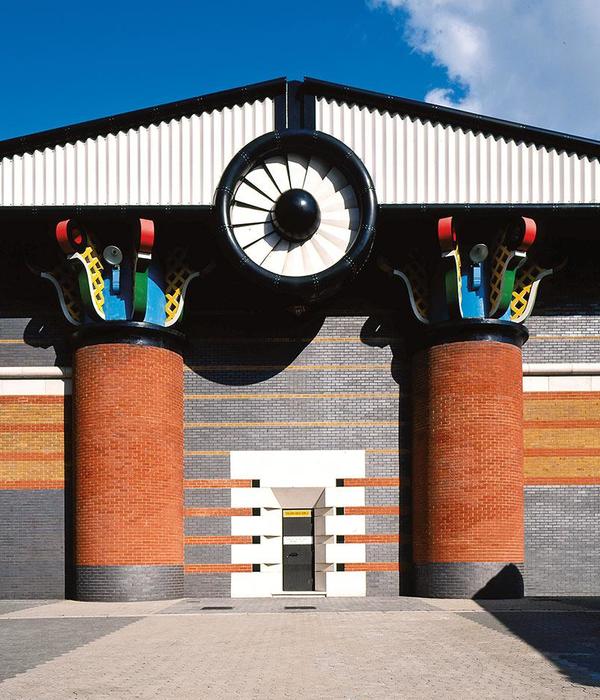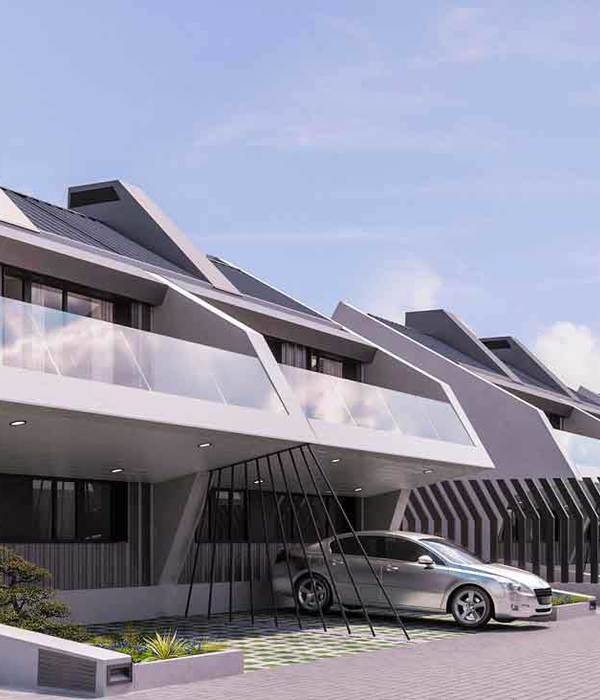项目坐落于阿姆斯特丹历史悠久的Bickerseiland街区,老旧的De Walvis办公楼如今在KAAN Architecten事务所的改造下已经脱胎换骨重获新生。项目业主的Maarsen Groep希望改造后办公楼能够“时尚与工业感并存”,在保留原建筑震撼人心的体量感的同时,使其更加迎合来自广告、媒体、科技等行业未来租户的企业形象。
In historical Amsterdam, the office building De Walvis on Bickerseiland has been stripped down to its bones and completely revitalised by KAAN Architecten. The client Maarsen Groep requested a “hip and industrial feel” that would leave everyone in awe and fit with their envisaged future tenants from the advertising, media, and tech sector. Confident interventions in the structure have resulted in a sleek and elegant sculptural form.
▼项目远景,viewing the project at distance © Sebastian van Damme
▼由运河看建筑,viewing the project from the canal © Sebastian van Damme
De Walvis办公楼有着一段颇具争议的历史,它是20世纪60年代早期阿姆斯特丹城市化项目的一部分,尽管在当时遭到了当地市民的反对,但大楼最终还是被强制建造起来。房地产开发商F.H. Gaus宣称Bickerseiland区将成为阿姆斯特丹的“小曼哈顿”,而De Walvis办公楼的改造计划则成为城市规划政策的转折点,推动了当地以社区为中心的基础设施建设与城市更新。如今,De Walvis办公楼已经从一栋煞风景的古板建筑变身成带给人们愉悦体验的城市好邻居。
De Walvis is a building with a history. It was part of Amsterdam’s urbanisation project of the early 1960s, forced upon local residents despite their protests. Property developer F.H. Gaus announced that Bickerseiland would become a Little Manhattan. Ultimately, this became a turning point in municipal planning policies, shifting from upscaling to community-based building. The current architectural manifestation has turned the building from an intruder into a pleasant neighbour.
▼分析图,diagram © KAAN Architecten
De Walvis建筑面积约10000平方米,是20世纪50 -60年代出现的典型理性主义风格的办公建筑。其建筑师W.F. Lugthart(1921-1999)最著名的代表作为埃因霍温的Diaconessenziekenhuis医院,也是荷兰首座高层医院建筑。De Walvis以附近的旧造船厂命名,译为“鲸鱼”。办公楼建成后,附近的居民并不认为它是建筑上的进步,而将其视作对社区的威胁。
With circa 10,000 m2 gross floor area, De Walvis is a typical office building of the rationalist style that emerged in the 1950s-60s. It was designed by architect W.F. Lugthart (1921-1999), known mostly for his Diaconessenziekenhuis in Eindhoven, the first Dutch hospital built by ‘stacking floors’. The neighbourhood did not consider De Walvis – ‘The Whale’ in Dutch, named after the old shipyard nearby – an improvement architecturally and sooner saw it as a threat to their community.
▼项目概览,overall of the project © Sebastian van Damme
受艺术家Donald Judd作品与KAAN Architecten事务所早期设计草稿的启发,建筑师在视觉上分离出De Walvis的楼板,并保留了原楼板上的开口。这种设置不仅强调出建筑的水平线条,同时使室内布局更加灵活,为日后调整竖向交通流线提供了条件。改造后的楼板向外延伸了大约一米的距离,深色的楼板外立面看起来沉稳而坚固,实际上则是由轻型的空心金属结构制成的。
Inspired by the work of artist Donald Judd and drawing on their earlier work, KAAN Architecten has optically separated the floors of De Walvis. However, this strong horizontal emphasis is flexible on the interior since some openings have been left in the floors to potentially link them in the future. The floors now extend about a metre beyond the original building and consist of solid-looking dark bands that are actually light, hollow metal constructions.
▼西立面,west facade © Horizontality is the soul of the structure
▼水平线条是整栋建筑的灵魂,the horizontality is the soul of the structure © Horizontality is the soul of the structure
▼改造后的楼板向外延伸了大约一米的距离, the floors now extend about a metre beyond the original building © Sebastian van Damme
▼轻型空心金属结构制成的黑色水平条带, the solid-looking dark bands are consist of hollow metal constructions © Sebastian van Damme
▼极简的外观与周围建筑形成鲜明对比, The minimalist exterior contrasts with the surrounding buildings © Sebastian van Damme
尽管从高住宅密度的Westerdok街区一侧看,改造后的De Walvis办公楼仍然是一栋存在感极强的建筑物。但清晰优雅的水平线条却大大优化了人们的视觉体验:承重柱大多隐藏在外围结构之内,悬挑出来的楼板成为建筑最具表现力的特征,水平的线条感堪称整座建筑结构的灵魂。
De Walvis is still a prominent building in its surroundings, though the high-density housing on the other side of Westerdok puts this into perspective. KAAN Architecten has introduced clear lines into the building: with the load-bearing columns mostly hidden within the envelope, the protruding floors are its most expressive facet. This horizontality is the soul of the structure.
▼悬挑出来的楼板成为建筑最具表现力的特征, the protruding floors are its most expressive facet © Sebastian van Damme
▼屋顶天台,roof top terrace © Sebastian van Damme
嵌入式三层玻璃幕墙进一步加强了“浮动”楼层的效果,这些玻璃幕墙从地板延伸到天花板,几乎看不到竖向的固定结构。为了消除玻璃带来的脆弱感,舷窗以紧凑的节奏融入到玻璃之中,舷窗高度与视线齐平,且便于开合。圆形的枢轴窗彰显出当地悠久的海事历史,同时也让人联想到原建筑的开窗形式。
Recessed bands of triple glazing further optimise the effect of ‘floating’ floors on each storey – the windows seem to go from floor to ceiling and have almost invisible vertical rebates. To avoid a sense of fragility, portholes have been incorporated into the glazing in a tight rhythm, at eye-level per floor, and all easily opened. These round pivot windows could be seen as a reference to the area’s maritime history, though they also recall the pivot windows of the old building.
▼嵌入式三层玻璃幕墙与舷窗,Recessed bands of triple glazing with portholes © Sebastian van Damme
▼承重结构隐藏在外立面的内侧,The load-bearing structure is hidden inside the exterior facade © Dominique Panhuysen
▼极佳的景观视野与自然采光,Excellent views and natural lighting © Dominique Panhuysen
▼舷窗细部,detail of the porthole © Dominique Panhuysen
De Walvis的承重结构限制了楼层的高度,层高仅为3米,这意味着必要的技术设施无法隐藏在地板和天花板吊顶中。通过尽可能地保持每层楼的开放程度,建筑在体量感上相较之前轻盈得多,大面积的玻璃窗将周围景观与自然光线引入室内之中,进一步增强了这种轻盈之感。每当夜晚,室内的灯光亮起,轻盈的空间效果便更为明显。光线、空间与视线 —— 是KAAN Architecten事务所早期设计的三大要素,也是功能清晰、风格优雅的立面设计的基础。
The load-bearing structure of De Walvis dictated a rather meagre 3 metres per storey, which meant that the necessary technical facilities could not be hidden away in the floors and ceilings. By keeping each storey as open as possible, the building appears much lighter than before – and the big windows, the views over the neighbourhood and the daylight pouring in help to achieve this lightness. This effect is heightened at night when the interior lights are on. Light, space and sightlines – these were the seeds of the early design, alongside functional clarity and elegant facades.
▼通透开放的底部楼层,Transparent and open ground floor © Dominique Panhuysen
此外,从根本上影响空间感的设计策略还包括将底层大厅向后退,在室内采用华丽的大理石饰面,从视觉上将建筑与地基分离,并完全移除之前压在De Walvis上的沉重的柱上楣构,这些干预策略优化了人们的空间体验,使建筑的形象更为立体丰满。
Additional design decisions that radically impact the sense of spatiality include setting back the ground floor lobby, richly clad in marble and appearing to detach the building from its footing, and removing entirely the heavy entablature that previously pressed down on De Walvis, giving the building plumpness.
▼室内大理石饰面,interior marble cladding © Sebastian van Damme
英国建筑研究院环境评估方法(BREEAM)是国际公认的对建筑的可持续性和最小的环境影响评分的评估体系之一,也是全球最广泛使用的绿色建筑评估方法之一。鉴于本项目在可持续发展方面的突出表现,De Walvis办公楼现已获得BREEAM优秀评级证书。
The building’s regeneration has been awarded the BREEAM Excellent certificate, an internationally recognised points-based rating system that scores the sustainability and minimal environmental impact of a building.
▼夜景,night view © Sebastian van Damme
▼总平面图,site plan © KAAN Architecten
▼底层平面图,ground floor plan © KAAN Architecten
▼二层平面图,level +1 plan © KAAN Architecten
▼八层平面图,level +7 plan © KAAN Architecten
▼九层平面图,level +8 plan © KAAN Architecten
▼立面图,elevations © KAAN Architecten
▼剖面图,sections © KAAN Architecten
▼细部构造详图,construction detail drawings © KAAN Architecten
Location: Grote Bickersstraat 74-76, Amsterdam, The Netherlands Architect: KAAN Architecten (Kees Kaan, Vincent Panhuysen, Dikkie Scipio) Project team: Rita Alessio, Andreas Alevras, Sebastiaan Buitenhuis, Timo Cardol, Alice Colombo, Paolo Faleschini, Michael Geensen, Joost Harteveld, Nicki van Loon, Hana Mohar, Jennifer Nam, Laura Ospina, Katarzyna Seweryn, Christian Sluijmer, Joeri Spijkers, Aldo Trim, Ziwei Zhu Client: Maarsen Groep, Amsterdam Programme: offices, meeting rooms, coffee bar, parking Design phase: 2017 – January 2019 Construction phase: March 2019 – July 2020 GFA: 10.400 m2 General contractor: Dura Vermeer Onderhoud en Renovatie Midden West, Utrecht Construction manager: Aronsohn Raadgevende Ingenieurs, Eindhoven Structural engineer: Pieters Bouwtechniek, Amsterdam Technical installations advisor, supervision installations: Huygen Installatie adviseurs, Utrecht Mechanical and plumbing installations engineer: Klimaatservice Holland, Hardinxveld Electrical installations engineer: Van den Pol Elektrotechniek, Amersfoort Building physics, fire safety and acoustics advisor: DGMR, Arnhem Building costs advisor: Skaal, Amsterdam BREEAM advisor: DGMR, Arnhem Sustainability advisor: Laneco, Ede Landscape designer: KAAN Architecten, Rotterdam Photo credit:Sebastian van Damme / Dominique Panhuysen
{{item.text_origin}}


